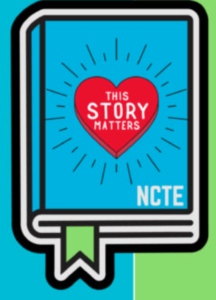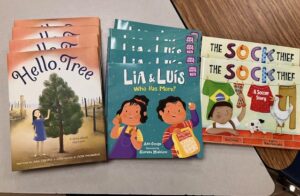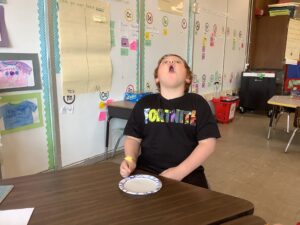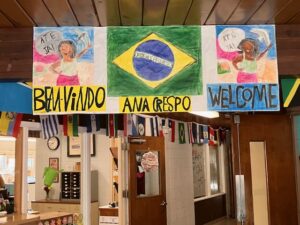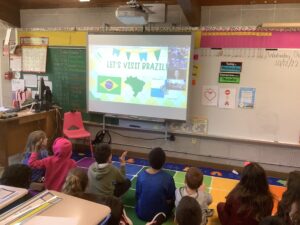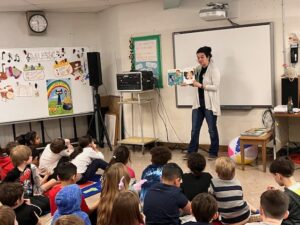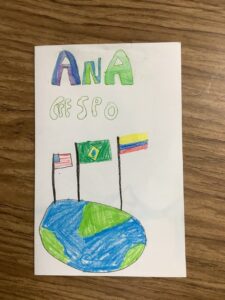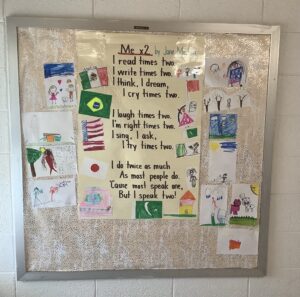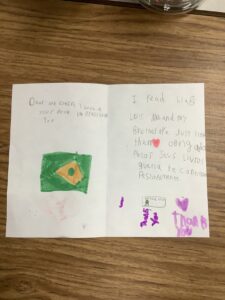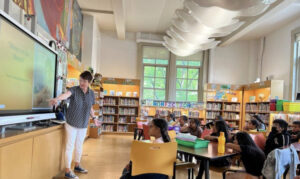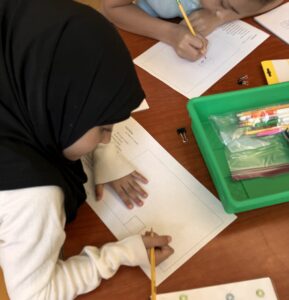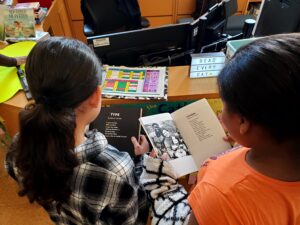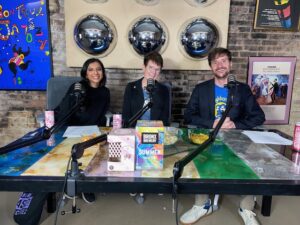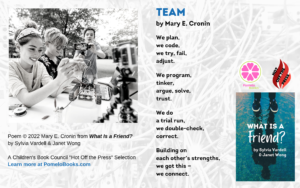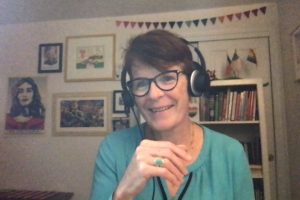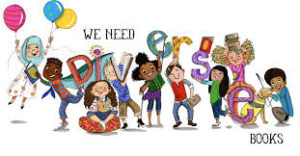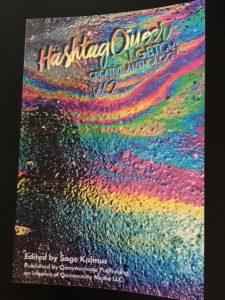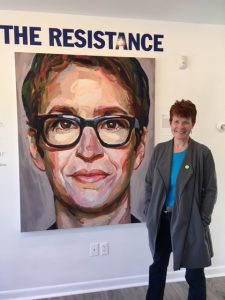Have you ever felt like you were in the sweet spot, a place where the two overlapping circles in a Venn diagram meet? That was me, attending the NCTE (National Council of Teachers of English) 2023 Convention in Columbus Ohio.
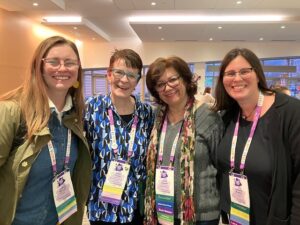
Being at the conference brought together my two worlds– teaching and writing/children’s literature. I had the chance to learn from amazing authors and educators, and to make a brief presentation myself!
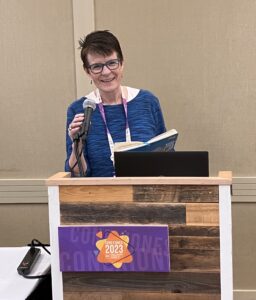
One of the best parts was meeting so many poetry friends…
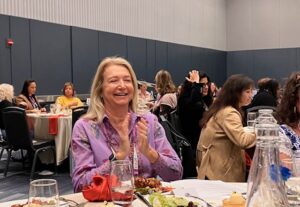

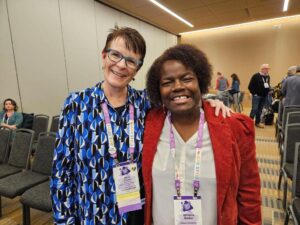
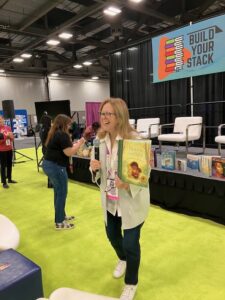

Then there was meeting authors whose books I love…
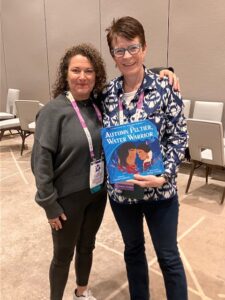
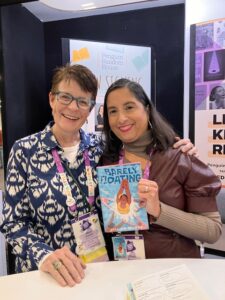
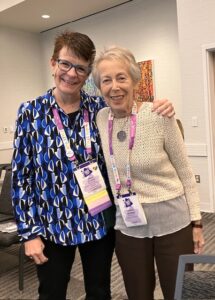
…plus learning from keynotes by Hanif Abdurraqib, Jacqueline Woodson, and Angie Thomas.

I cannot wait to attend the NCTE 2024 conference. It will be in Boston (closer to home!), and I’m already brainstorming with friends about putting together a panel presentation proposal. All of the energy I gained at NCTE feeds my work as a Literacy Coach in a K-3 Cape Cod elementary school.
In the meantime, I am serving on the This Story Matters Teacher Corps. We will be developing book rationales to help educators and librarians battle book bans and attempts at censorship.
Here’s to finding our sweet spots.

